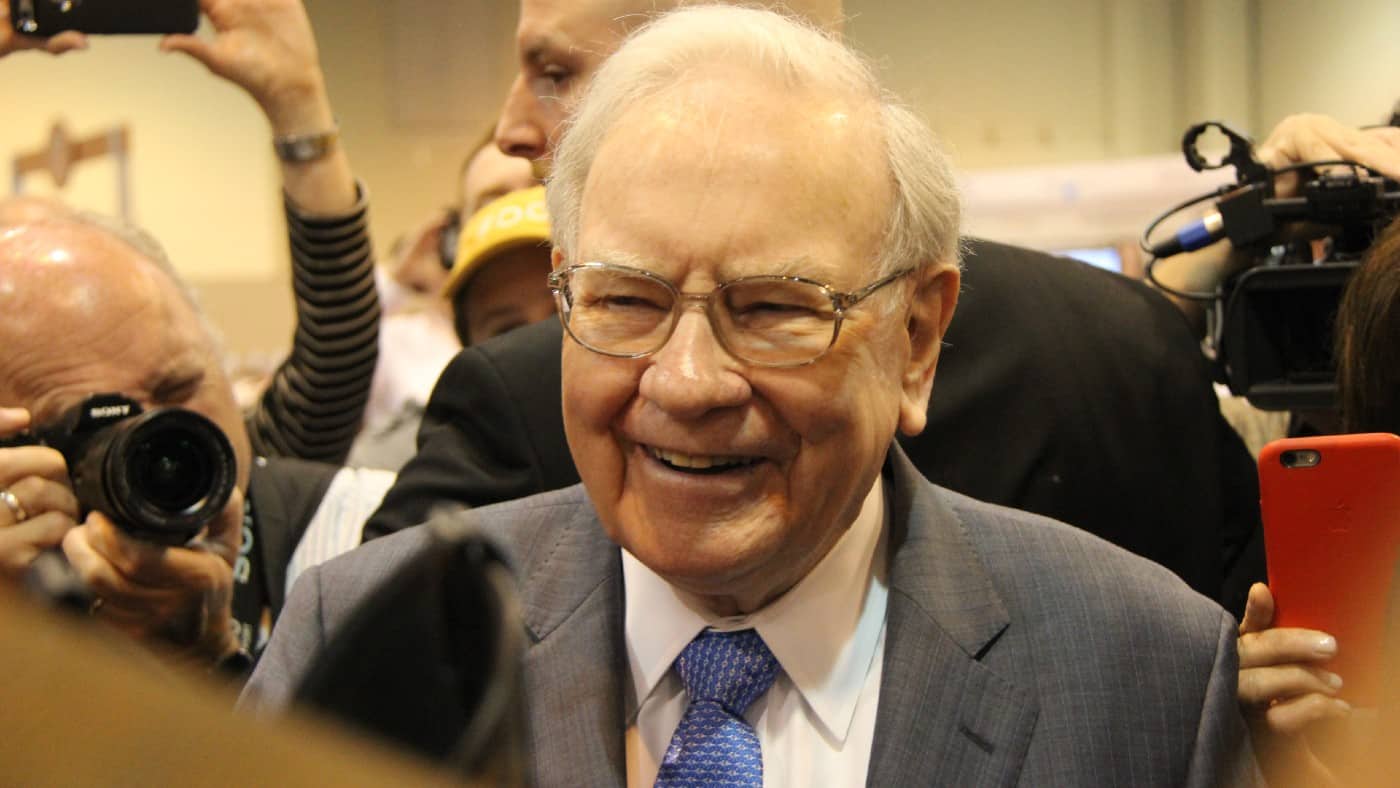After transforming a couple thousand dollars into billions using the stock market, Warren Buffett is widely viewed as one of the best investors of all time. Yet despite the massive levels of success, his investment strategy is actually pretty simple.
In fact, Buffett just sticks to one golden rule when making investing decisions. And by following in his footsteps, I believe it’s possible to unlock superior returns for my portfolio while keeping risk in check.
The golden rule
According to the Oracle of Omaha, the most important rule of investing is to “never lose money”. Obviously, that’s easier said than done. And taken at face value, it’s a bit hypocritical, given he’s seen billions get wiped off his portfolio in the past, like in 2008 and, more recently, in 2022.
Passive income stocks: our picks
Do you like the idea of dividend income?
The prospect of investing in a company just once, then sitting back and watching as it potentially pays a dividend out over and over?
If you’re excited by the thought of regular passive income payments, as well as the potential for significant growth on your initial investment…
Then we think you’ll want to see this report inside Motley Fool Share Advisor — ‘5 Essential Stocks For Passive Income Seekers’.
What’s more, today we’re giving away one of these stock picks, absolutely free!
However, this rule isn’t about never buying an underperforming investment. That would be impossible. Instead, it’s reiterating the importance of only investing in companies with a high probability of success.
Take a pre-clinical biotech stock, for example. The company may claim to have a revolutionary cure for cancer, but until it can make it through the clinical trial process, the revenue stream is non-existent. That makes it entirely dependent on external capital that has a habit of disappearing if the slightest negative result emerges. It’s why more than 90% of these businesses go bust.
This level of extreme risk is what Buffett is advising to avoid. While it’s possible to achieve stellar returns through speculation, most likely I’d be left with nothing. That’s certainly not a prudent way of investing £5k.
Finding long-term winners
Not going bust is one thing. But delivering good returns requires more than simply having enough capital to survive. After all, we’ve seen industry leaders get dethroned countless times by competitors with fewer resources at their disposal.
So how does Buffett pick long-term winners? It all boils down to something called a competitive moat.
Having a winning product or service can work wonders in growing a revenue stream. But this growth is often short-lived if it can be easily replicated by a competitor. Instead, a business that builds multiple competitive advantages can often maintain its stellar performance for years, or even decades.
Advantages come in many forms. Some examples include:
- A strong brand backed by a fantastic reputation
- A portfolio of long-dated patents
- Exclusive access to a unique resource
- High industry barriers through regulation
- Difficult to copy operating procedures that provide higher margins
The more advantages a company has, the wider its moat. And the more likely it can succeed in delivering long-term growth and value to shareholders.
Obviously, competitive risks aren’t the only threat. As 2022 has perfectly demonstrated, macroeconomic factors can throw quite the spanner into the works. But by diversifying my £5k across multiple high-quality financially-sound companies with plenty of competitive advantages, I can mitigate some of the risks while unlocking potentially massive long-term returns.







